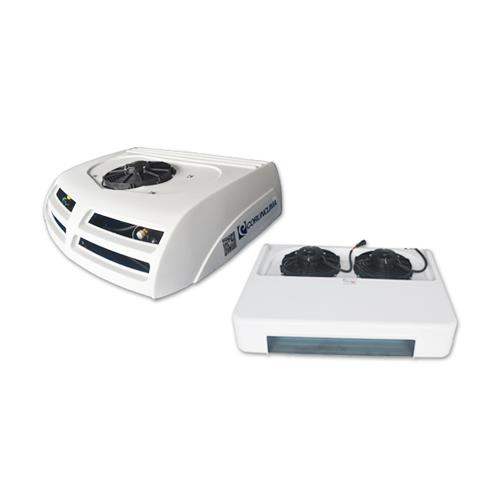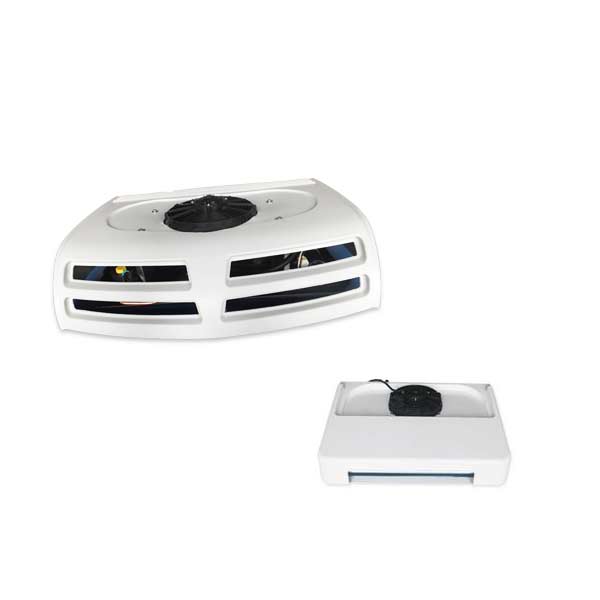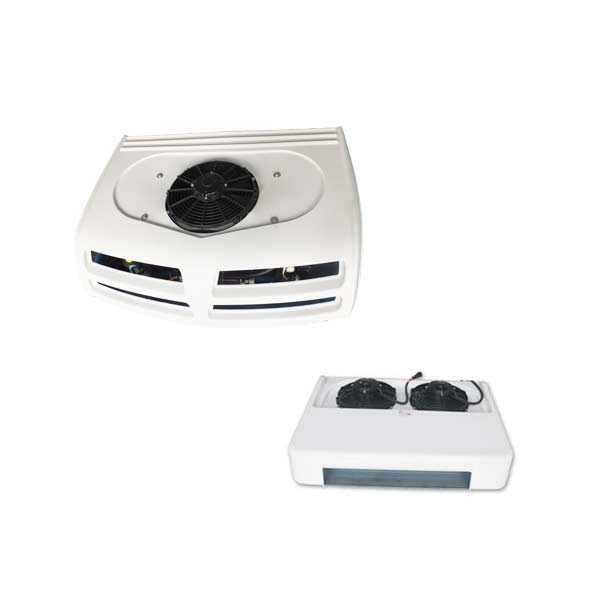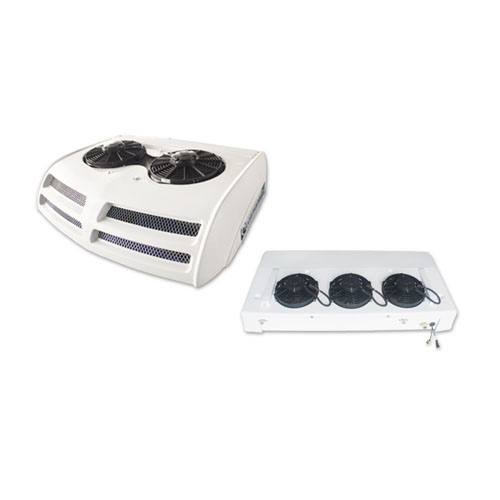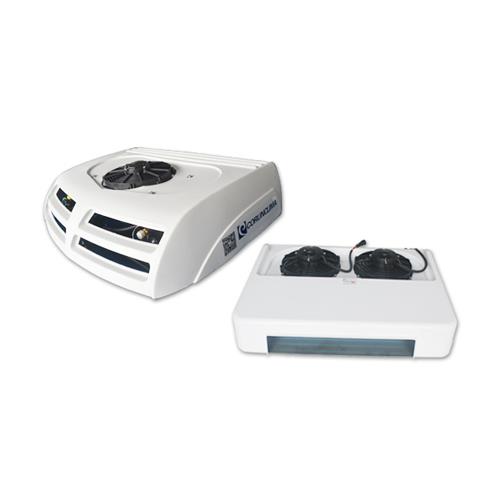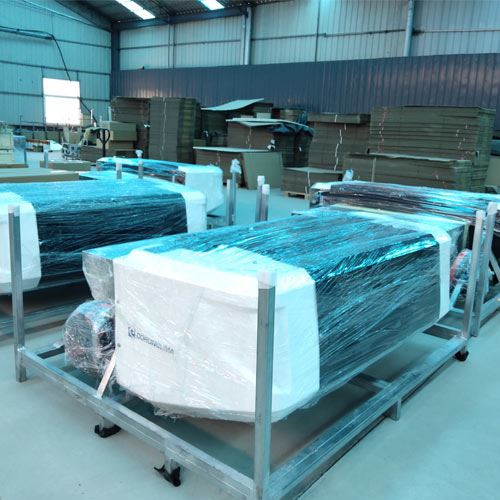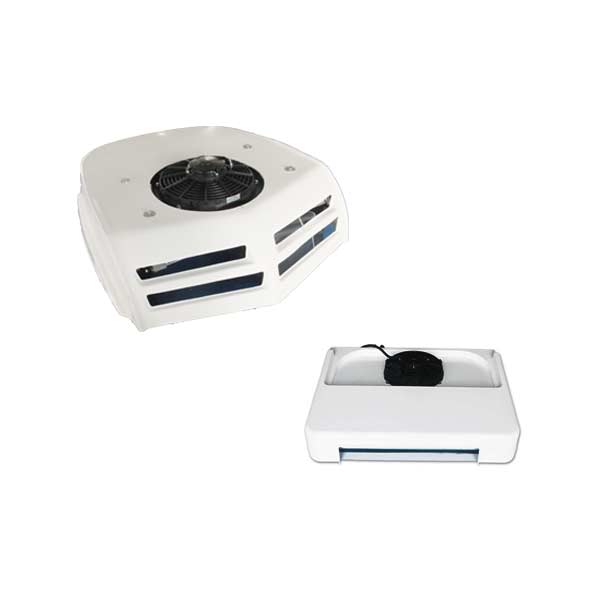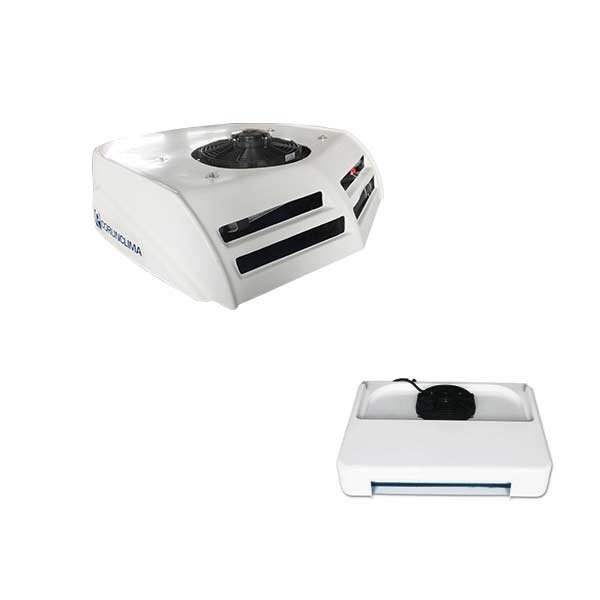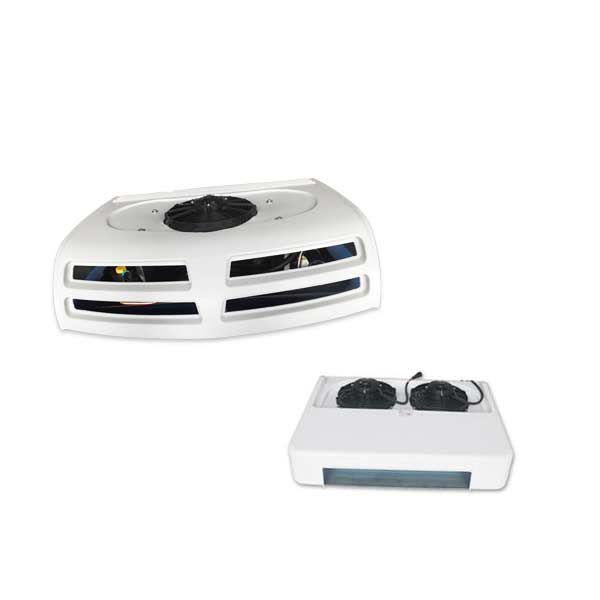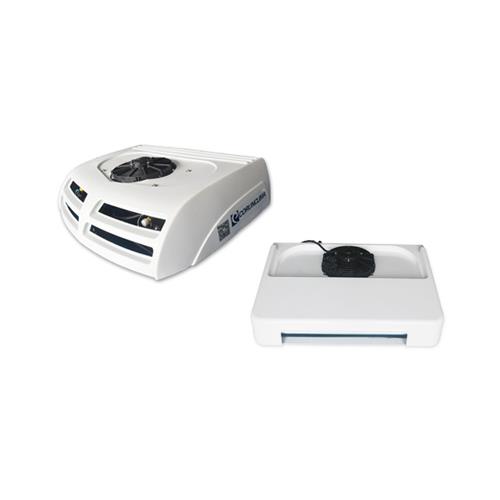Thermal expansion valve selection
When it comes to thermal expansion valve selection, the basic parameters that need to be determined include evaporating temperature, condensing temperature, subcooling, pressure drop of liquid splitting head, refrigerant, refrigeration capacity, interface size, whether MOP function is required, and the use range of evaporating temperature. We need to clarify several concepts.
First: the nominal capacity of the thermal expansion valve. Take the TG valve as an example. There will be a valve's nominal refrigeration capacity of 32Kw on the top cover of the valve body. The 32Kw here is a thermal expansion valve with a static superheat of 4 degrees and an opening superheat of 4 degrees under ASERCOM standard operating conditions. The measured valve corresponds to the actual refrigeration capacity of the R410A refrigerant. The capacity of the valve is approximately proportional to the size of the superheat. The linear adjustable range is 30%~120%, and the static superheat of the valve can be at 0~4 degrees. Adjustable within 8 degrees, this has a lot of room for selection. At the same time, the tested standard is closer to the actual operating conditions of the water-cooled water-cooled air-conditioning unit, and the capacity under other conditions will definitely be very different. The greater the high and low pressure difference, the greater the valve's capacity. Based on the above reasons, we need to know that it is not accurate to choose a 10Hp thermal expansion valve for the 10Hp air-conditioning unit we usually call.
Second: evaporating temperature and condensing temperature. The low pressure and high pressure used in valve selection are the outlet and inlet pressures of the corresponding valve, and the evaporation temperature and condensing temperature we often say in air conditioning units usually refer to the refrigerant pressure at the outlet of the two heat exchangers. In the selection, we need Consider the pressure drop caused by the liquid pipe from the condenser outlet to the inlet of the thermal expansion valve and all the accessories installed in the pipeline, such as the liquid reservoir, sight glass, solenoid valve, filter drier, etc. The low pressure side needs to consider the pressure drop generated by the evaporator itself, and if the equipment has a liquid dispensing head and capillary tube, it should also be taken into consideration.
Third: the degree of subcooling. The greater the degree of subcooling, the greater the capacity of the thermal expansion valve. If you cannot determine the degree of subcooling of your own system design, you can estimate it based on experience. The degree of subcooling of the air-cooled system is generally around 2 degrees, and the water-cooled system Generally, it is around 4 degrees. Systems with economizers need to consider the size of economizer matching.
If the thermal expansion valve is incorrectly selected, it will cause the following phenomena and failures:
Excessive selection: Compressor liquid return, low pressure is higher, high pressure is lower, compressor casing is condensed or frosted, and the liquid returning to the compressor casing dilutes the lubricating oil, causing the lubrication effect to decrease, and severe cases can lead to compression The bearing surface of the machine with the greatest force wears out and holds the shaft, and even burns down the motor.
Selection is too small: the low pressure of the system is too low, the high pressure is too high, the superheat is too large, and the exhaust temperature is too high. In severe cases, it can cause oil carbonization and the compressor to burn.


